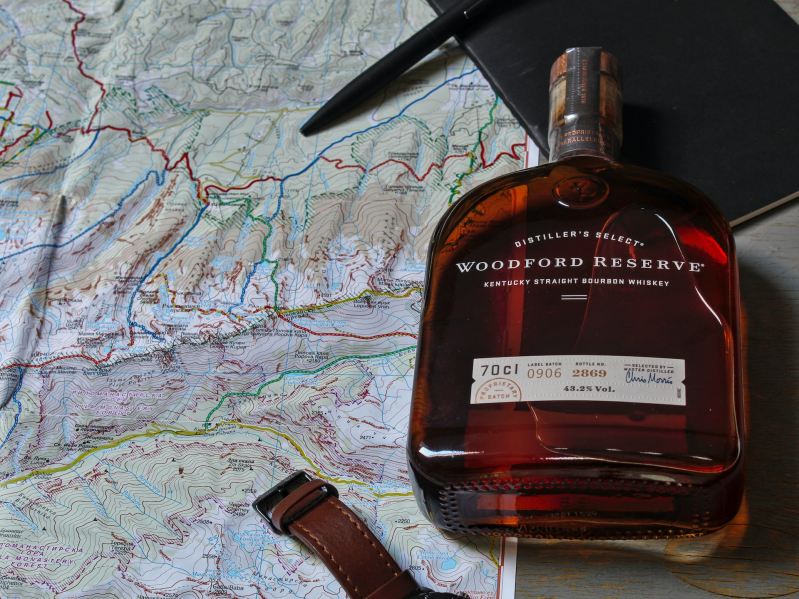
If you want to get into whiskey, there are a lot of terms you need to learn If you plan on ever having a conversation with a fellow whiskey drinker. These are terms like single malt, small batch, cask strength, proof, and straight. And while we could spend a long time explaining all the terms (and we did), today it’s time to learn about one of the more confusing phrases: straight.
In the whiskey world (specifically the bourbon world), novice drinkers might be confused by the term “straight”. This is likely because it has multiple uses. When someone says they’re drinking their whiskey straight, it’s another way of saying they’re drinking it neat, without ice or any mixers. It’s poured right out of the bottle into a glass and enjoyed as it was intended. But if the expression is labeled as a straight bourbon, that’s an entirely different thing altogether.

Bourbon rules
For those unaware, there are strict rules and regulations when it comes to making bourbon whiskey. The most important rule is that, to be considered a whiskey, it must be made in the United States. While 95% of all bourbon whiskey is produced in Kentucky, it doesn’t have to be made in the Blue Grass State. There are countless award-winning, notable bourbons from Texas, Washington State, Wyoming, New York, and beyond.
It also must be made from a mash bill of at least 51% corn. And while many distillers have more (many, much more) than 51% corn, the other ingredients can be any grains. Popular secondary grains are barley, wheat, and rye. It also must be distilled to a maximum of 160 proof, added to the barrel at a maximum of 125 proof, and bottled at least 80 proof and at most 150 proof.
The last very important rule is all about aging. To be considered a bourbon whiskey, it must be charred in new oak barrels. But there are even more rules when it comes to the straight bourbon designation.

Straight bourbon
A straight bourbon must be matured for at least two full years. If it’s over two years old, but less than four, it also must have an age statement. It also may not have any extra colorings, flavors, or adjuncts added to it.

It’s all about aging
So, in the most basic terms, the use of “straight” on the bottle means you aren’t purchasing a bottle that barely spent any time in a barrel aging. If you don’t see the word, it might mean that bourbon was distilled and then spent as little as three months, six, or a year in charred oak before being barreled. Straight whiskeys have spent long enough aging to guarantee a more nuanced flavor profile of vanilla, caramel, spices, and oak.
So now that you know the difference between drinking whiskey straight and a bottle of straight whiskey, you can go into a bar and order a bottle of straight whiskey and drink it straight. Or, if you don’t want to confuse the bartender and everyone at the bar with your overuse of the word, you can order a straight whiskey “neat”. You probably should already be doing this to avoid confusion anyway.



